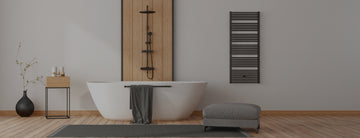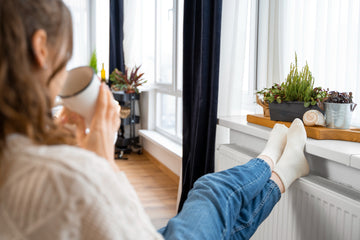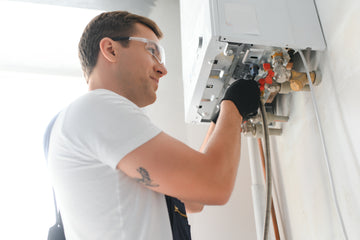Struggling with a trickle of water when you're craving a powerful shower can be a daily frustration. Low water pressure in your home can make simple tasks like washing dishes or taking a shower less efficient and more time-consuming. Fortunately, there are several effective methods to boost your home's water pressure. Let's dive into the best strategies to elevate your water flow to the next level.
Understanding the Culprits Behind Low Water Pressure
Before diving into solutions, it's essential to understand what causes low water pressure. It can stem from various issues, including clogged pipes, faulty pressure regulators, leaks, or even municipal water supply problems. Identifying the root cause is the first step towards a viable solution.
Top Methods to Increase Water Pressure
1. Inspect and Clean Faucets and Showerheads
Over time, mineral deposits can clog faucets and showerheads, leading to reduced water pressure. A simple cleaning or descaling can often resolve this issue. For more persistent clogs, replacing the faucet or showerhead might be necessary.
2. Check for Pipe Leaks
Leaking pipes can significantly impact your home’s water pressure. Inspect your plumbing for any signs of leaks. Small drips can lead to big problems, so addressing these issues promptly is crucial.
3. Evaluate the Water Pressure Regulator
Many homes are equipped with a pressure regulator. If this regulator fails or is not set correctly, it can result in low water pressure. Adjusting or replacing the pressure regulator can often solve these issues.
4. Consider a Water Pressure Booster
For homes suffering from chronically low water pressure, installing a water pressure booster pump can be a game-changer. These pumps amplify the water pressure, ensuring a strong and steady flow.
5. Upgrade Your Pipes
Old, corroded pipes can restrict water flow. If your home has outdated plumbing, upgrading to modern pipes can make a significant difference in water pressure.
6. Open the Main Water Valve Fully
Sometimes, the main water valve is not fully opened after maintenance or repairs, which can restrict water flow. Ensure that this valve, located where the main water line enters your house, is fully open.
7. Consult Your Neighbors and Local Water Authority
If you've tried all the above and still experience low pressure, it's worth checking with neighbors. If they face similar issues, the problem might lie with the municipal water supply. Contacting your local water authority can provide insights and solutions.
Wrapping Up
Dealing with low water pressure doesn't have to be a permanent issue. By understanding the causes and exploring these solutions, you can significantly improve the water pressure in your home. Remember, some issues might require professional plumbing assistance, especially when dealing with complex systems like water pressure regulators or home plumbing upgrades.
Boosting your home's water pressure not only makes daily chores more efficient but also enhances your overall quality of life. With the right approach, you can turn that frustrating trickle into a satisfying, powerful flow.






